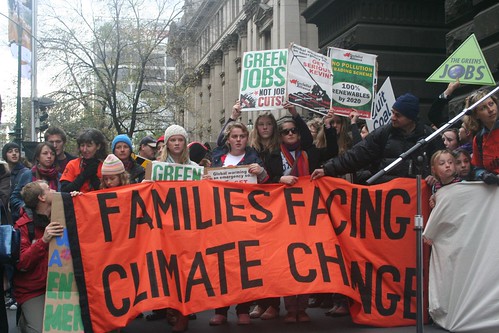
“Water water everywhere ,Nor a drop to drink” from the Rime of the Ancient Mariner is an adequate description to the water insecurity that is threatening the world as a whole but that is a practical certainty for the countries of the Middle East and North Africa. It is true that many an Arab country is blessed with an excess of Black Gold but the serious scarcity of fresh water availability could make Blue Gold much more important in determining the future of these lands.
Fresh water scarcity is a global problem but in some regions it is much more severe than others. The Middle East and North Africa are classified by the United Nations as the ones with the most water insecurity in the world. Although 75 % of the surface of the planet is water only 2.5% of that is fresh water and ¾ of that is not available since it is frozen icebergs. What is left is less than 1 % of the volume of water and even that 1% is not totally available since some of it is hard to get to and others are just soil dampness. What is important is to note that the amount of fresh water availability is fixed but it is, like most other resources, not evenly distributed. Many regions in the world have access to over 12000 cubic meters per capita per year while others have only a few hundred. Actually, the United Nations considers countries with 500 cubic meters of water per capita per year to be suffering of absolute water insecurity.
Unfortunately, many Arab states are already there, such as Kuwait, UAE, Qatar and Gaza. Furthermore it is estimated that the first world capital to run out of water will be Sana’a by 2020. Water availability is so scarce in MENA that the FAO projects that by 2025 17 Arab states will have to be classified under “scarce water supplies”. In order to put this in perspective the average water availability/consumption the typical Arab will be just 700 cubic meters per year when the global average is ten times as high in availability and 3-4 times in consumption. The situation for the most essential resource for life is so critical in MENA that less than 0.5% of the renewable water resources are in this region of the world. The stability of the water resources is even more acute if one is to remember that 75% of the water in this region originates from outside its political boundaries.
Given the expected increase in population in the region in addition to climate change and its attendant increased demand for water for irrigation the availability of water will be halved by 2050 which will imply severe water insecurity for the whole region. Whether these expected shortages translate into political instability and water wars is a potential outcome that needs to be taken seriously. That is at least one reason that calls for a major highly coordinated effort by all the countries to invest heavily in water infrastructure including modern irrigation techniques.
Lebanon is in a slightly better position than the average Arab country but definitely not in an enviable position of any water excesses. The best that can be said about the Lebanese situation is that it is less severe than Jordan, and the GCC to name a few. Estimates of water availability in Lebanon are rough and they vary between a conservative estimate of 2200 million cubic meters per year and almost 4000 million cubic meters of fresh water per year. As it is clear even the upper estimate provides each of the 4.5 million Lebanese only about 900 cubic meters per year. Lebanon is expected to be consuming just about 3000 million cubic meters of water by 2015. As the above figure makes it clear that would then imply that Lebanon needs huge investments in the next few years in order to gather a lot of this water that is wasted every year by flowing into the sea.
More than half of the water usage in Lebanon is needed for irrigation while about 30% goes for domestic uses. The remainder is used by industry.
The warning by Minister Gibran Basil about the impending water crisis in Lebanon must be taken very seriously. Arguably the crisis has already begun and is visible from the constant failure of the water authorities to deliver adequate amounts of water to its clients. One reason is the antiquated infrastructure and another is the lack of awareness to conserve this most precious of resources. Lebanon cannot afford not to construct a series of dams and to build a modern facility to supply Beirut, where half of the Lebanese reside, with the estimated 250 million cubic meters of water that it needs while it is currently getting less than half of that amount. It is also hoped that the impending water shortages will impel the Lebanese government to adopt a meaningful population policy. Lebanon is simply beyond its physical carrying capacity.






















